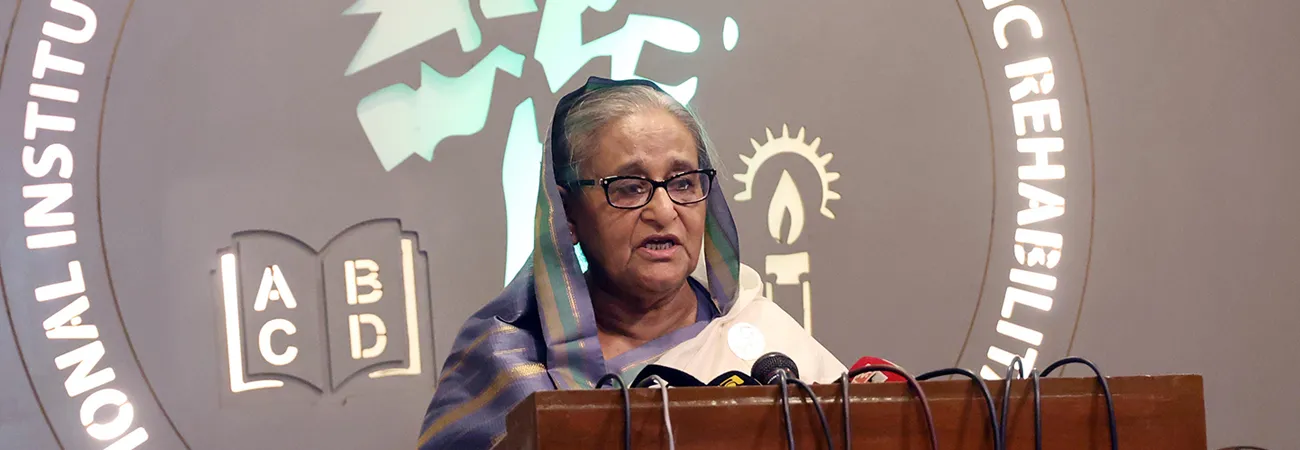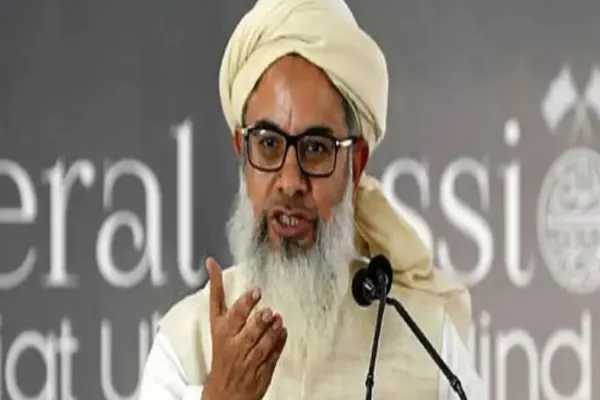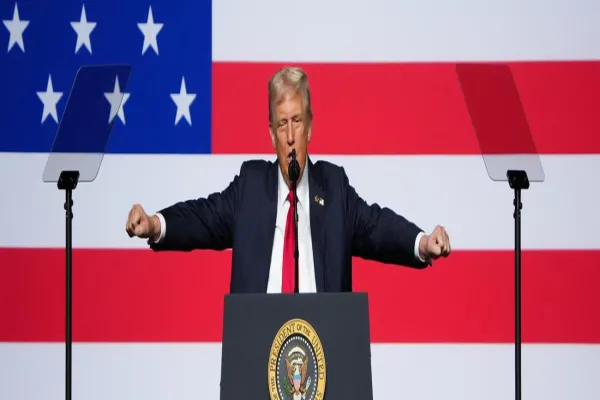i NEWS INTERNATIONAL
The way people of Bangladesh reacted to the ousted Bangladeshi Prime Minister Sheikh Hasina’s attempt to deliver an online address shows their growing anger at the past corruption, political suppression and India’s deep-seated influence in the country’s affairs. The dismantling of all symbols attached to Sheikh Hasina or his father Sheikh Mujeebur Rehman reflects the growing frustration of the Bangladeshi people against the past regime.
The revolution, spearheaded by the country’s youth, has unveiled the Hasina government’s systematic looting, brutal repression, and reliance on foreign support to maintain its grip on power. Angry demonstrators targeted symbols of the ruling dynasty, tearing down the residence of Sheikh Mujib, a site many now associate with institutional corruption. Hasina is seeking refuge in India—her regime’s long-time backer—while Bangladeshi citizens insist on holding her accountable for human rights abuses and electoral fraud.
The protests are equally furious over New Delhi’s role in sustaining Bangladesh’s longest-running dictatorship. Critics say that the uprising signals a turning point in Bangladesh’s struggle for true democracy, as the people demand an end to Indian interference and political subjugation. The youth-led resistance has sent a clear message: the era of corruption, authoritarianism, and external control is over.
Credit: Independent News Pakistan (INP)









